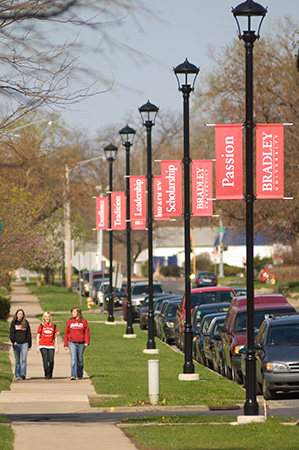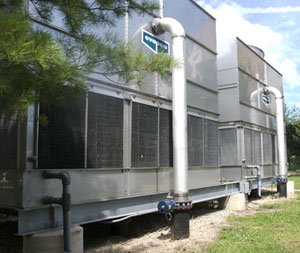Energy Efficiency

Lighting
In 2008, the University completed the final phase of a four-year, $4 million campus lighting upgrade. The new fixtures use metal halide lamps that produce high light output, are compact, powerful and more energy efficient than fluorescent or incandescent lights.
Additional energy savings are being achieved through the installation of LED lighting throughout campus. And, occupancy sensors continue to be installed that turn off lights when rooms are unoccupied. These efforts can be substantially augmented via campus participation in good energy conservation practices. Please refer to the energy policy for guidance.
Heating and cooling
With the recent campus physical expansions, the aged and out-dated campus boilers needed to be replaced. The resulting investment to support the new boiler plant in the Main Street parking deck has resulted in significant efficiencies and reliability for campus service. That includes fans and pumps that have motors that run at a lower speed to match demand. This saves large amounts of energy—hundreds of thousands of dollars.

In recent years, the University has also centralized the main chiller plants on campus to optimize chilled water for air conditioning. Previously, individual air conditioning units in each building were used. Now, as many buildings as possible have been connected to the main chillers and can be cooled more efficiently through the use of digital controls that adjust the temperature in individual facilities to the level required. The end result is that far less energy is used to produce the same result.
